Weeds, Diseases and Pests
-
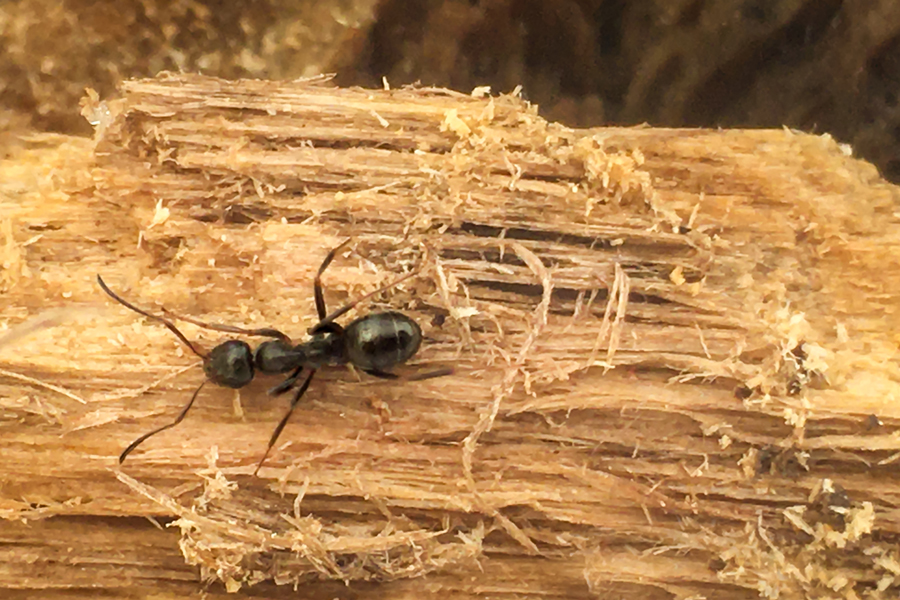
Carpenter ants are so-called because of their habit of chewing wood to create nest sites. They do not eat wood, like termites, but they excavate it with their strong, saw-like jaws to create random galleries where they nest. Carpenter ants are also a nuisance because of their abundance and large size.
Daniel Suiter
|
-
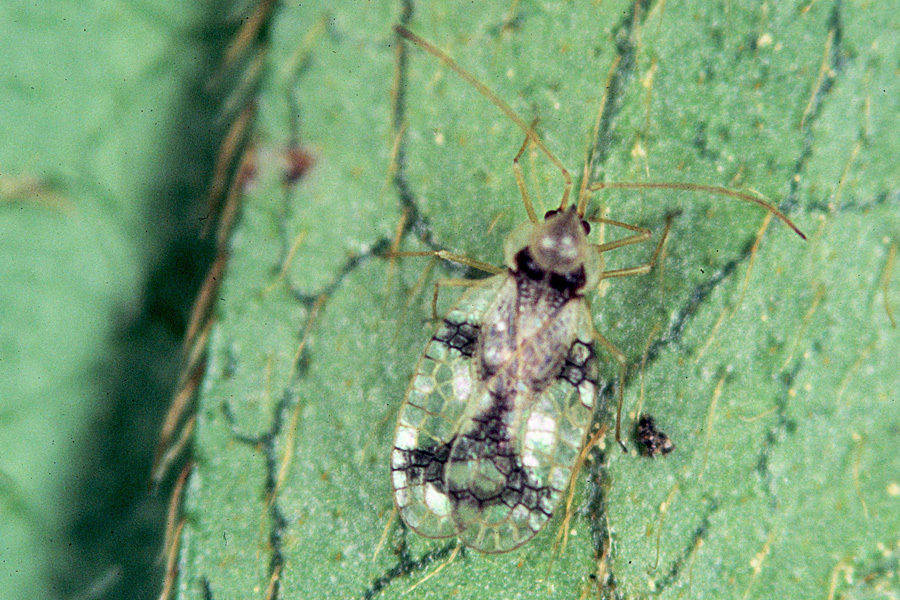
Many species of insects or mites attack Georgia landscape plants. Homeowners have difficulty controlling these pests because they often are not aware of the problem until both the infestation and the damage are extensive, or they may apply insecticides improperly or at the wrong time. Brief descriptions of major groups of pests (or the damage they cause) found on Georgia landscape plants are provided to assist with identification. Control strategies for these pests are presented in Table 1.
William Hudson, Michael Toews, Timothy Daly, and Beverly Sparks
|
-

Ashfaq Sial, Brian Little, and Craig Roubos
|
-

This publication is intended to be used as a pictorial diagnostic guide to identify the most common diseases seen on fruits grown in home landscapes, gardens, and/or orchards in Georgia. Use this guide as a supplemental resource and/or reference to the Homeowner Edition of the Georgia Pest Management Handbook.
Phillip Brannen
|
-
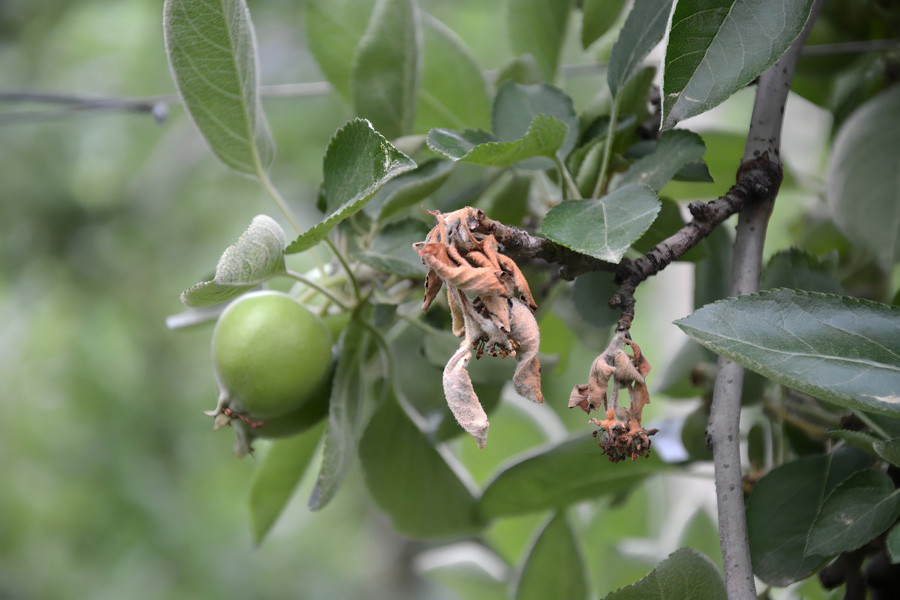
Fireblight is a destructive, highly infectious, and widespread disease. It attacks blossoms, leaves, shoots, branches, fruits, and roots. This publication has some facts and methods to avoid and control the disease.
Alfredo Martinez
|
-
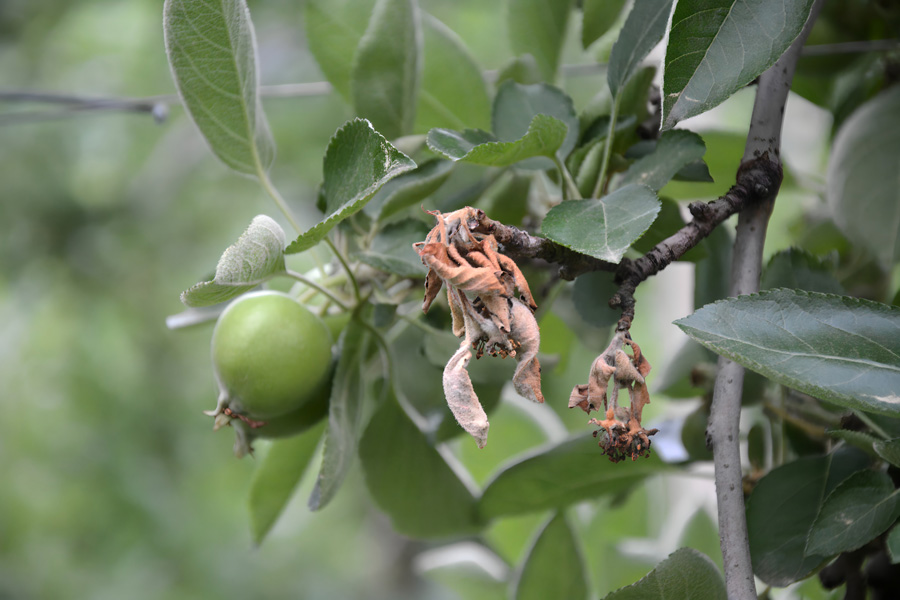
El tizón de fuego de las rosáceas es una enfermedad destructiva, altamente infecciosa y que ocurre en muchas partes del país y es causada por la bacteria Erwinia amylovora. El tizón de fuego es particularmente prevalente en algunos condados de Georgia. La enfermedad puede atacar los botones florales, las hojas, los meristemos apicales, ramas, frutos y las raíces.
[Fireblight is a destructive, highly infectious and widespread disease. It attacks blossoms, leaves, shoots, branches, fruits, and roots. This publication has some facts and methods to avoid and control the disease.]
Alfredo Martinez
|
-

This publication contains information on the most important and common diseases of oats, the biology of the causal agents, as well as a detailed description of the disease symptoms, relevant up-to-date information on conditions favoring the diseases, as well as cultural, genetic, and chemical methods of control. The publication is intended for producers, crop consultants, county faculty, students, and the general public.
Alfredo Martinez and Ryan Hodgson
|
-
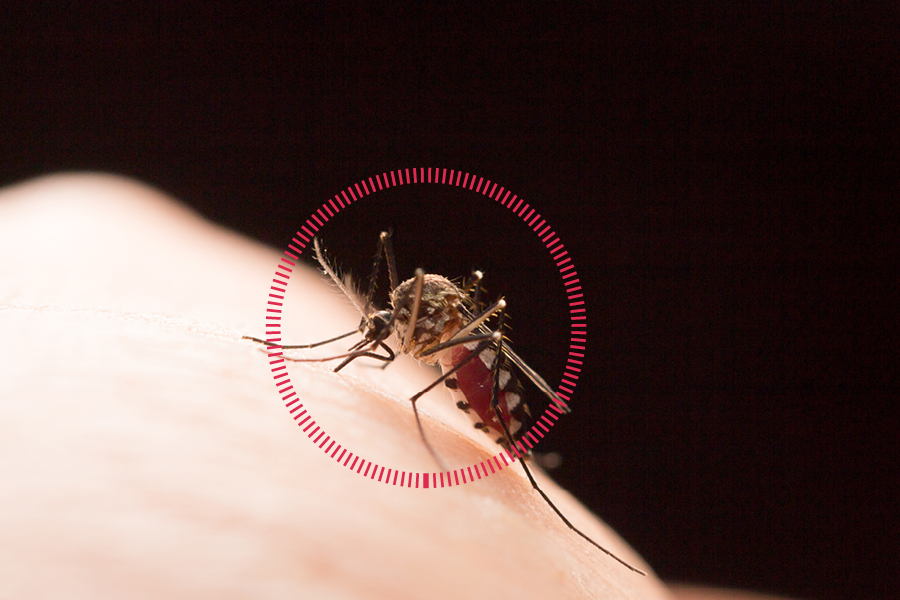
Mosquitoes are one of the most common insect pests that homeowners encounter. This circular introduces a few of the basic techniques and materials that homeowners can use to safely reduce mosquito populations around the home. Becoming familiar with mosquito biology is the first step in using an integrated pest management approach to efficiently and effectively reduce mosquito populations. By learning about mosquito biology, source reduction, surveillance and control, homeowners can become active participants in their own mosquito control program. An integrated approach is the most effective way for homeowners to reduce mosquito populations and reduce the need for pesticide applications in their community.
Elmer Gray
|
-

Turfgrass stands can be injured and damaged by biotic (living) and abiotic (non-living) agents. Most abiotic diseases cause generalized symptoms such as wilting, yellowing, thinning and the development of smaller than normal grass blades, limited root growth or slow growth. Based solely on symptoms, however, determining whether the condition is caused by a biotic or an abiotic agent can be challenging. In many cases, a proper diagnosis of abiotic diseases requires thorough examination of the site, knowledge of relevant past and present environmental conditions, in-depth knowledge of plant species biology, site management history, and an orderly series of tests to determine possible causes.
Alfredo Martinez
|